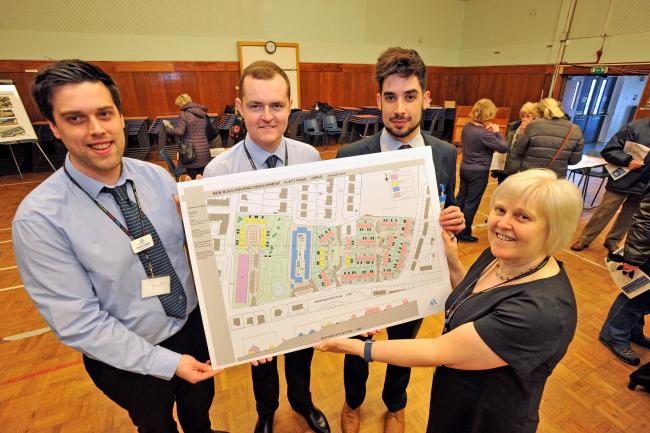Green living is becoming increasingly popular with councils and local authorities who are looking to implement ‘district heating systems’ to provide consolidated sources of power to a number of homes or businesses.
How do district heating systems work?
Heating is delivered to a number of houses via one centralised system and often uses one high powered boiler (gas, oil or biomass) for delivery. Pipes are laid underground and connects to the networks to each home or apartment block and subsequently provides the equivalent of an individual boiler in each property.
Hot water is often provided via an additional system (solar power, hot water heater, heat pump) in each home and has one main distribution point.
All homes receive heating and hot water in exactly the same way as if there was an individual boiler present in each home, however, the key to district heating systems is that there is one centralised source, therefore, one point of maintenance, making it cheaper to operate and maintain.
For a district heating system to be effective, homes shouldn’t be too far away from each other and underground pipes must be very well insulated to make the delivery of heat to properties as efficiently as possible.
District heating systems are growing in popularity as they are exceptionally efficient, and remove the requirement for individual heating systems in each separate property. For the same outcome for tenants (heating), there are fewer carbon emissions from the one heating source which means that local authorities and councils are actively reducing the carbon output within the district.
North Ayrshire Council is planning the development of 122 new homes at Flatt Road incorporating facilities for supported living, people with physical disabilities, mental health issues and learning difficulties, in the £50m investment. The campus will be powered by communal boilers within a central location and allowing heat to be distributed via a network of insulated pipes.
Work is due to start in 2021.
Related Articles
- Safe as Houses? Make sure your home stays safe this winter
- The way in which homes are insulated could be transformed
- What Does Gas Boiler Service Involve?
- New coal mine water central heating scheme could heat 1,000 homes
- These amazing “insulating bricks” could save you a fortune on your heating bills




